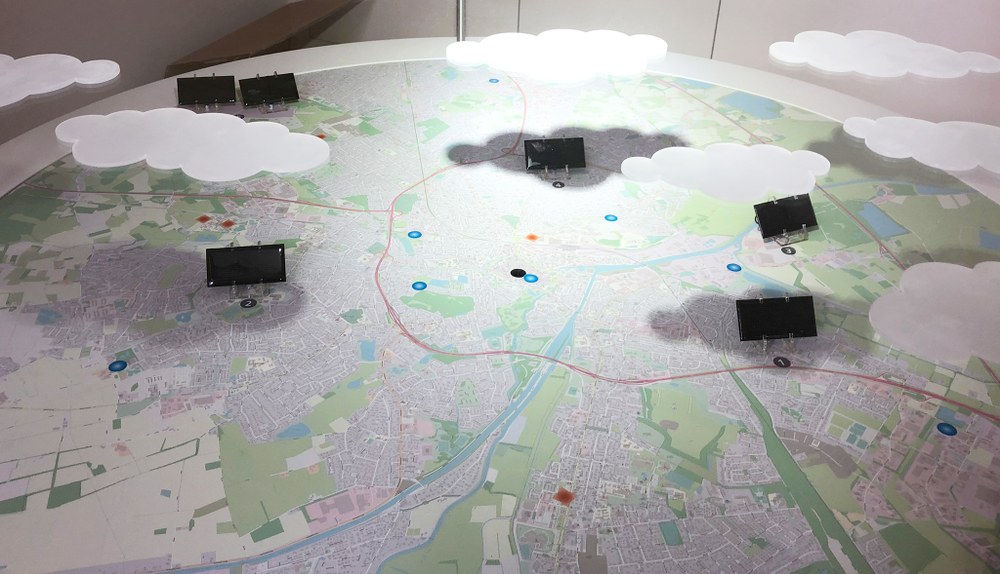Energy Systems Analysis
The Energy Systems Analysis department generates system-analytical knowledge, which we provide across sectors up to the global level and based in part on methods and modelling tools developed in-house.

Reliable weather data is becoming increasingly important for the operation of an energy system that is increasingly powered by sun and wind. Thus, precise forecasts of an approaching cloud field or an imminent lull on various time scales can become a valuable basis for decision-making. Time horizons of e.g. the next few minutes, hours, days or weeks are required by electricity traders, energy cooperatives or grid operators. Long-term historical weather information is in turn needed for planning purposes - for example for yield forecasting or for dimensioning wind farms and solar plants. In addition, knowledge about the expected climate of coming decades from climate model scenarios serves as a basis for simulating the future energy system.
In the Energy Meteorology research group, we analyse how various observation systems and numerical models can be methodically optimised. We operate our own measurement networks for ground- and satellite-based collection of energy meteorological data to provide optimal information for the energy supply. Sector-coupled systems consisting of electricity, heating, various storage systems, and electromobility are in our focus. In addition, we are investigating the significance of individual weather properties or weather patterns for various energy industry applications and are looking for robust and reliable bases for decision-making.
Within the framework of the CAMS Radiation Service , our research group provides information on solar irradiation at the Earth's surface in Europe, Africa, the Middle East, Asia and America on behalf of the European Centre for Medium-Range Weather Forecasts (ECMWF) and the European Commission. For this purpose, we operate satellite receiving systems to monitor clouds and couple them with current aerosol, water vapour and ozone information. In this way, the surface solar radiation can be determined for historical years, but also for forecasting the coming hours.
In order to study clouds and their effects on radiation in detail, we have installed a regional network of all-sky cameras, ground-based lidars ("Light Detection and Ranging") and radiation sensors in the northwest of Germany around Oldenburg with the Eye2Sky measurement network. This enables a short-term forecast of photovoltaic output in very high spatial and temporal resolution. Together with airborne or satellite-based information on buildings and energy infrastructures, this geo-data test field provides a unique research basis for high-resolution energy system studies.
We also address more complex, perspective research questions in conjunction with internal and external expertise from the fields of meteorology, physics, mathematics, engineering, economics and geoinformatics. With this interdisciplinary approach, we can question, for example, what value weather forecasts will have in the future or how they must be structured when control strategies become more localised at the level of the distribution grid or in energy communities. Against this background, we are cooperating in particular at the Oldenburg site with the Centre for Wind Energy Research (ForWind), and the Fraunhofer Institute for Wind Energy Systems (Fraunhofer IWES).
